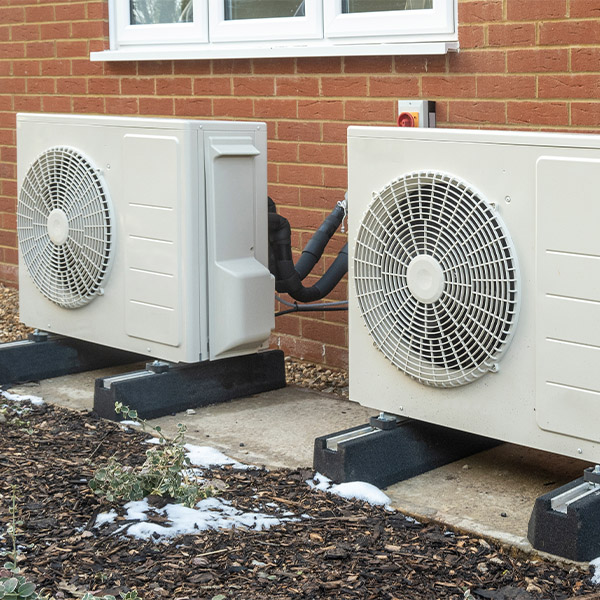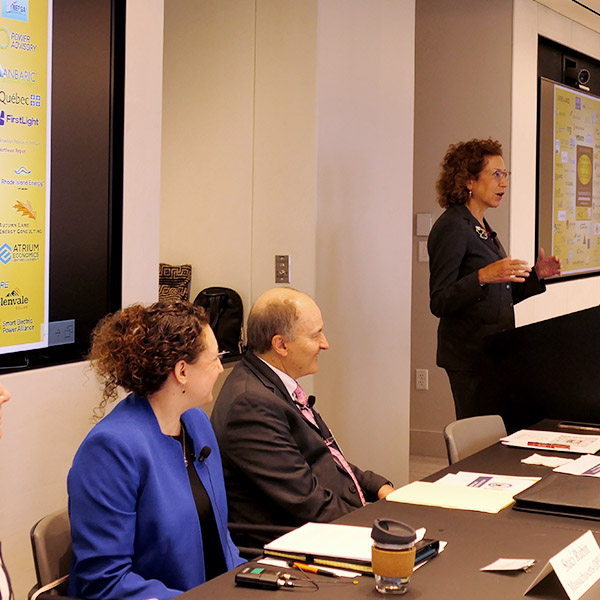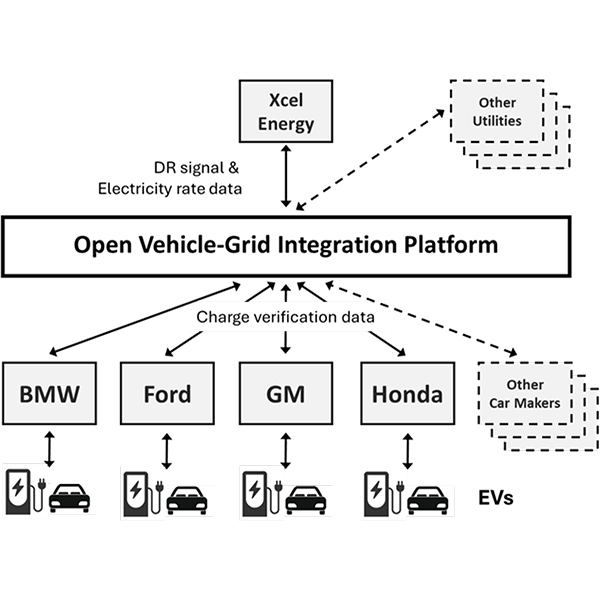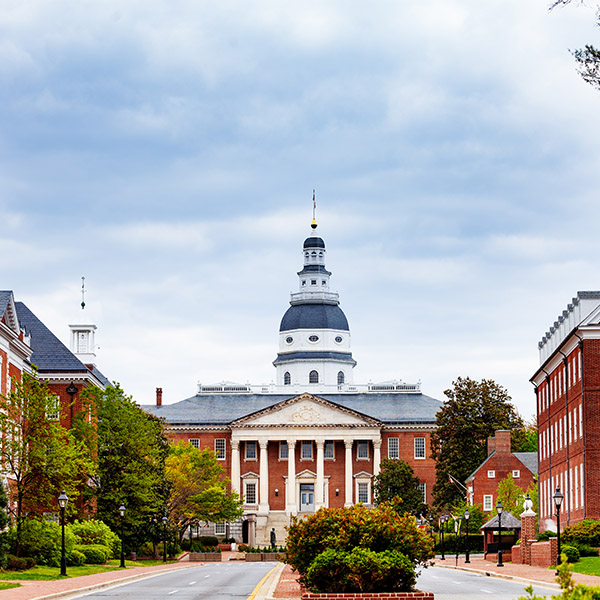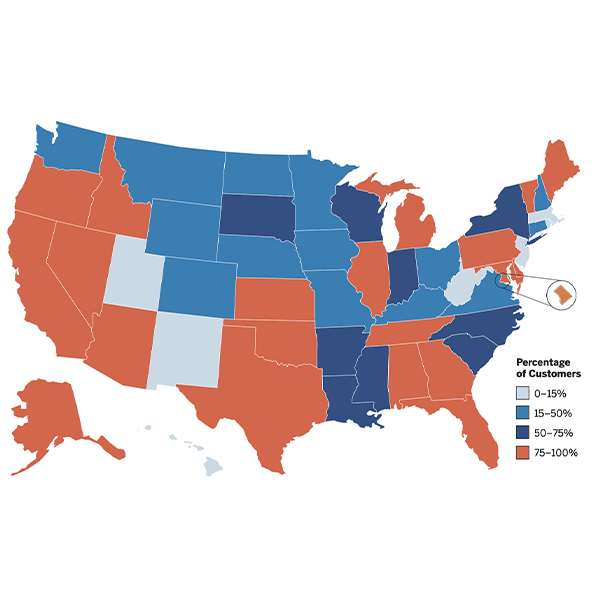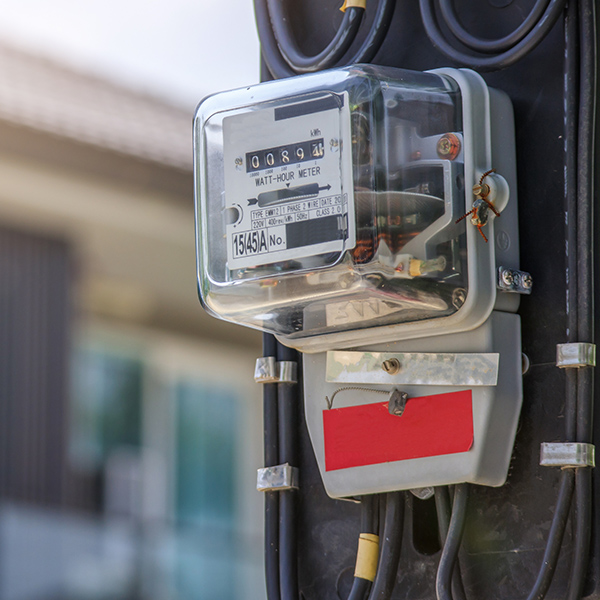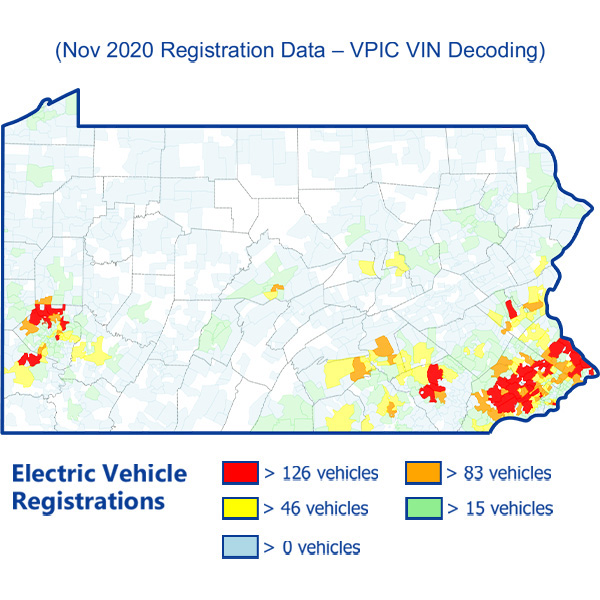time-of-use rates (TOU)
Time-of-use electricity rates could save Massachusetts ratepayers with electrified heating hundreds of dollars each year per household, according to a report.
ACEEE's latest report argues that utilities should adopt winter discount rates to encourage heat pump adoption and recommends continued educational campaigns, including for HVAC contractors.
Both D.C. and Maryland have been working on rules to encourage and accelerate the installation of EV chargers, especially at multiunit dwellings and in low-income neighborhoods, as EV sales continue to grow steadily.
Increasing electricity prices must be met with a greater effort to reduce peak loads and protect low- and moderate-income ratepayers, several Northeast utility regulators said at Raab Associates’ New England Electricity Restructuring Roundtable.
Vehicle-to-grid integration is about more than connecting electric vehicles to the grid, say reports from DOE and the Alliance for Automotive Innovation.
Getting bills through the Maryland General Assembly often involves compromises and tradeoffs, even with Democrats controlling the House of Delegates, the Senate and the governorship.
Bills moving forward could introduce voluntary time-of-use rates in the state, disclosure statements about green power and point-of-sale EV rebates.
Price-responsive demand has long been supported by economists, but despite the significant investment in advanced meters, it has yet to take off.
A panel of experts made the argument for smarter rate design on Friday at Raab Associates’ New England Electricity Restructuring Roundtable.
Pennsylvania regulators opened a rate design proceeding to encourage electric vehicle charging during off-peak hours.
Want more? Advanced Search
